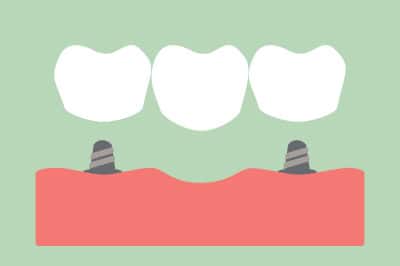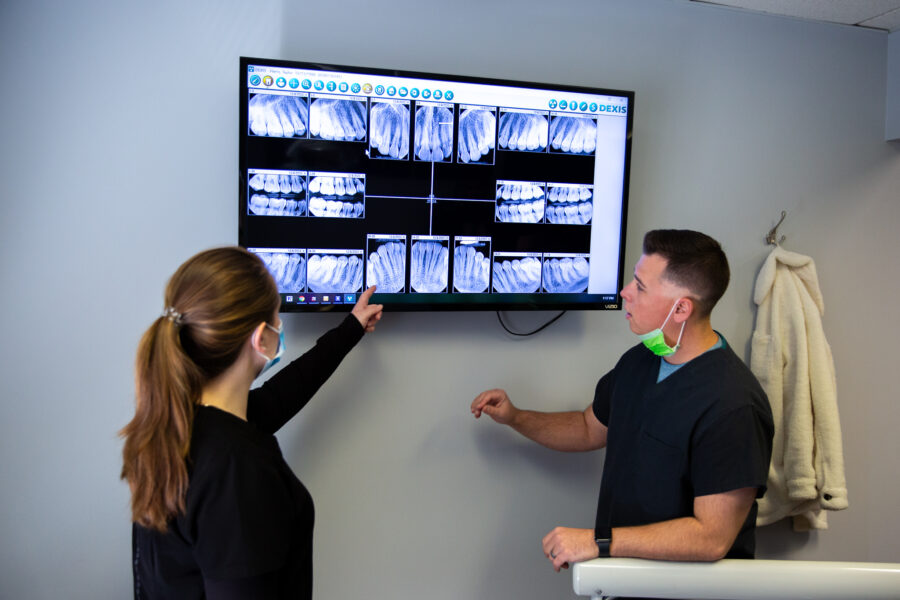Restorative dentistry is a term that includes repairing tooth decay and damage. This ranges from cavity fillings to crowns, bridges, implants, and damaged tooth repair. The goal of restorative dental procedures is to bring your smile back to its natural look while preventing future oral health problems from arising.
It’s important to restore and keep your teeth as close to a natural state as possible so you can avoid larger issues such as misaligned teeth, plaque buildup, tooth decay, and bone loss in your jaw. Not only does restorative care keep you from developing larger issues, but it can also keep the appearance of your smile in good shape too, which is always a confidence boost!

After you’ve had any restorative dental work done, it’s important to take care of it properly. Some tips for taking care of your teeth afterward includes:
- Continuing to brush your teeth twice a day
- Using an electric toothbrush to remove stubborn plaque
- Flossing once a day
- Avoiding hard and sticky foods which can damage your implant, crown, or bridges
- Rinse your mouth with an antibacterial mouthwash to help fight off bacterial plaque buildup.
What types of dental restoration do we offer?
Cavity Fillings
Fillings are one of the most common procedures performed under the restorative dentistry umbrella. This process usually involves the use of a tooth-colored resin that seals the tooth after the decay has been removed by your dentist. Most patients prefer to have the tooth-colored resin because it restores their smile without seeing the traditional “silver-colored” amalgam fillings.
Veneers
A Veneer is a tooth-colored composite or porcelain that is bonded to the surface of your tooth to help improve the appearance of cracked, chipped, uneven, or broken teeth. This procedure is often done when a patient chips a tooth and it leaves your teeth looking and feeling smooth and even again.
Bridges & Crowns
A bridge is a prosthetic replacement of one or more of your natural teeth. They’re often used to fill in space where a tooth or multiple teeth are missing or have been extracted. Bridges join an artificial tooth to adjacent teeth or dental implants.
A Crown, or dental cap, on the other hand, is a type of restoration that caps or covers a tooth or implant. These are often needed when a large cavity is threatening to completely compromise the tooth.
Other types of Dental Restoration
There are a few other forms of restorative dental procedures including partial prosthetics that have teeth supported on a retainer, Implants, Inlays, Onlays, and Bonding which can be used as a treatment to reshape or lengthen your front teeth.


